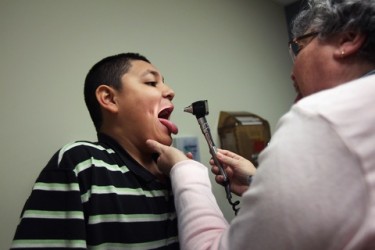
Public and private payers are testing the patient-centered medical home model by shifting resources to enhance primary care as an important component of improving the quality and cost-effectiveness of the US health care delivery system. Medicaid has been at the forefront of this movement. Since 2006 twenty-five states have implemented new payment systems or revised existing ones so that primary care providers can function as patient-centered medical homes. State Medicaid programs are taking a variety of approaches. For example, Minnesota’s reforms focus on chronically ill populations, while in Missouri a 90 percent federal match under the Affordable Care Act is helping integrate primary and behavioral health care and address issues of long-term services and supports. These reforms have led to better alignment of payments with performance metrics that emphasize health outcomes, patient satisfaction, and cost containment. This article focuses on trends in Medicaid patient-centered medical home payment that can inform public and private payment strategies more broadly.

